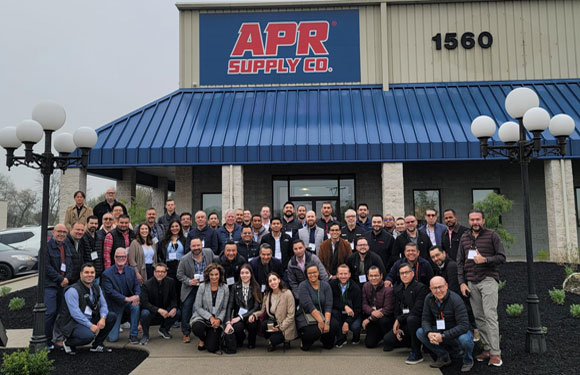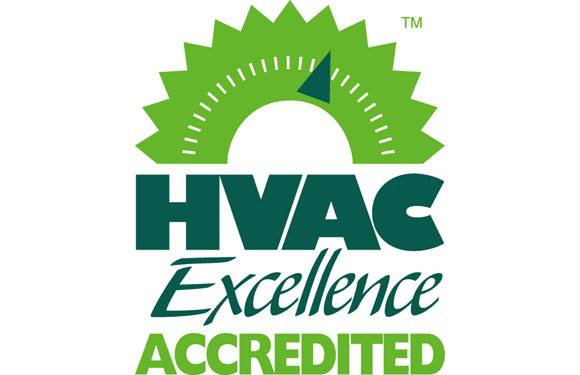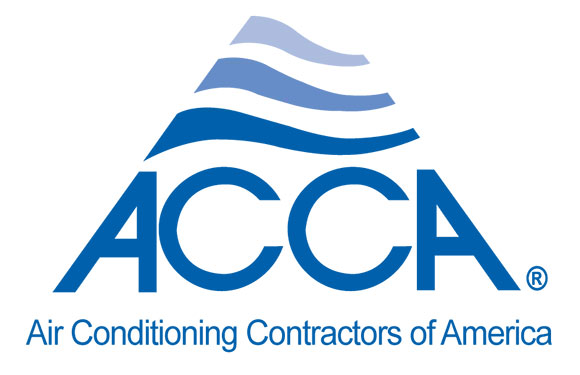
News
New Study: High-Efficiency Propane Furnaces Keep Costs Low
New research analyzing the performance of residential heating systems showed that high-efficiency propane furnaces, whether used alone as a primary heating source or in tandem with other energy sources, offer a lower annual energy cost compared to several other energy sources.
 The findings were part of a technical study commissioned by the Propane Education & Research Council and conducted by a third-party research firm, Newport Partners, LLC, to examine the performance of seven different heating systems in 16 different locations across the United States for new and existing homes. Each heating system was analyzed and compared in a variety of cost and performance factors, including energy cost, first cost, simple payback, comfort and emissions.
The findings were part of a technical study commissioned by the Propane Education & Research Council and conducted by a third-party research firm, Newport Partners, LLC, to examine the performance of seven different heating systems in 16 different locations across the United States for new and existing homes. Each heating system was analyzed and compared in a variety of cost and performance factors, including energy cost, first cost, simple payback, comfort and emissions.
“Builders are always looking to provide the most efficient and affordable solutions for their customers, and this data indicates propane is a home-heating solution that builders should be considering for their customers in a variety of building and remodeling scenarios,” said Jesse Marcus, PERC director of residential and commercial business development. “Whether it’s a high-efficiency propane furnace or a hybrid heating system that combines energy systems to maximize performance while keeping costs low, propane solves the conundrum builders are constantly faced with of providing superior performance at an affordable price point.”
Notable findings from the study included:
Energy Cost
In cold climates, high-efficiency propane furnaces were found to have an annual energy cost of about $1,650 for new homes, nearly 10 percent lower than standard-efficiency air source heat pumps (ASHP), and about 14 percent lower than a heating oil furnace. The analysis also found that high-efficiency propane furnaces, when used in tandem with other heating systems, can provide even greater annual energy savings. For example, a ground source heat pump (GSHP)-propane furnace hybrid system had the lowest annual energy costs of any system, at about $1,000 per year. Homes with a hybrid AHSP in combination with a high-efficiency propane furnace had annual heating and cooling costs of roughly $1,425, achieving roughly $400 in annual savings compared to the ASHP-only system.
First Cost
The study found the first costs, which combine the purchase price of the heating and cooling system with the installation cost, of an ASHP system, a standard-efficiency propane furnace with standard A/C, and a high-efficiency propane furnace with standard A/C to be the most affordable. While the first cost associated with GSHP systems was the highest among the systems in the research, some of that cost can be offset by adding a high-efficiency propane furnace in a hybrid configuration. The addition of the furnace allows for a smaller and less expensive ground loop for the GSHP system because less heating capacity is needed. The smaller loop field brings down the system cost significantly.
Simple Payback
A high-efficiency propane furnace in an existing home in the cold climate zone and the mixed climate zone has an average payback period of two years compared to installing a standard-efficiency furnace, when the furnace’s first cost and annual energy cost are factored in. The average lifespan of a high-efficiency propane furnace is approximately 16 to 20 years.
Comfort
Supply air from the propane furnace, when compared to the ASHP, was found to be consistently warmer and more comfortable, especially in cold climates.
Emissions
The GSHP system and GSHP-furnace hybrid system had the lowest CO2 emissions when analyzing seven Midwest locations in the study, while the ASHP system had the highest. Combining the ASHP with the furnace in the hybrid configuration avoids the use of the ASHP’s electric resistance backup heat, and results in 38 percent lower emissions compared to the ASHP.
Heating system options should be evaluated on multiple factors including first cost and energy costs, comfort, emissions and payback periods for high-efficiency equipment. Greater weight can be given to certain factors depending on the project priorities, but looking only at a single parameter might not achieve the best outcome for a given project. For further detail on the heating systems analysis, builders can download a free fact sheet at www.BuildWithPropane.com.
About PERC
The Propane Education & Research Council is a nonprofit that provides leading propane safety and training programs and invests in research and development of new propane-powered technologies. PERC is operated and funded by the propane industry. For more information, visit propane.com.
















